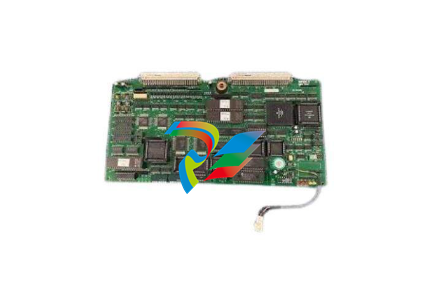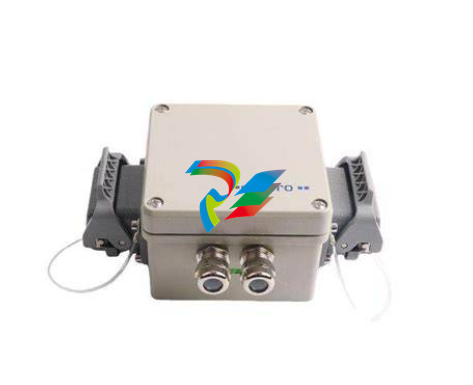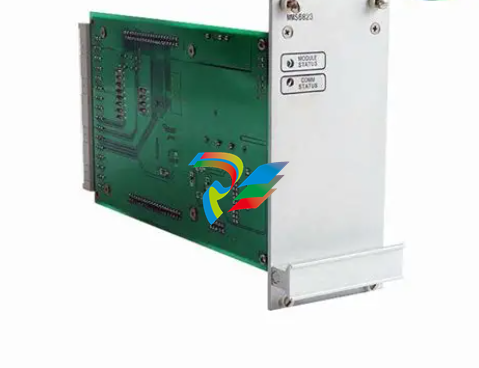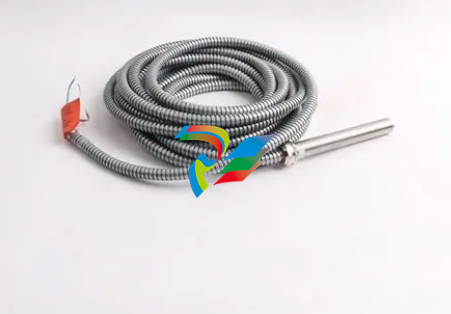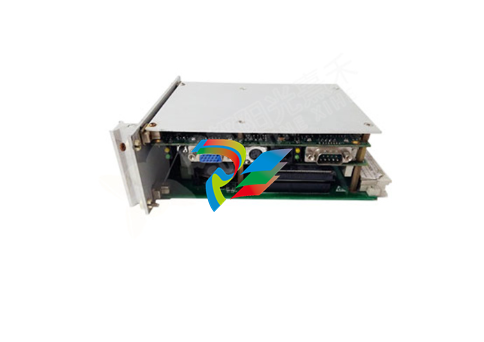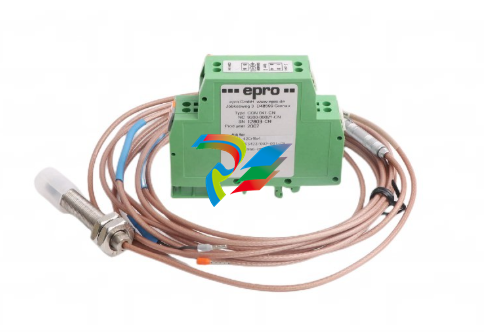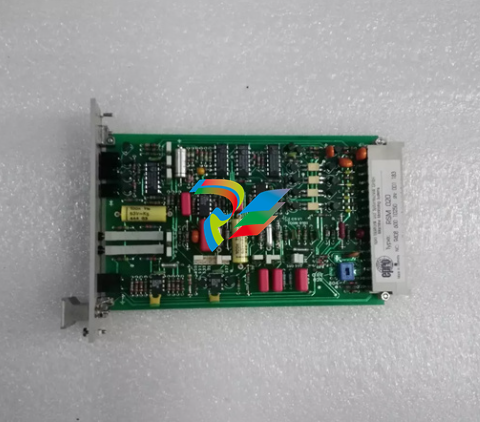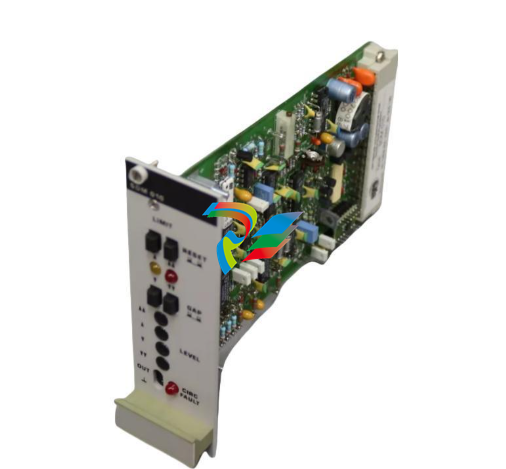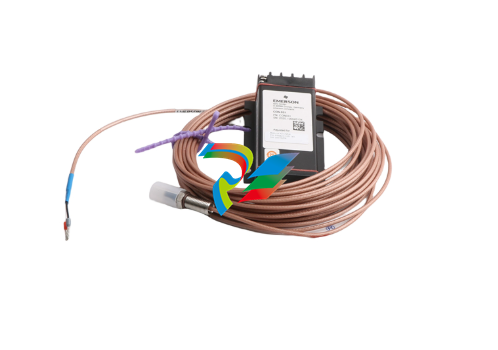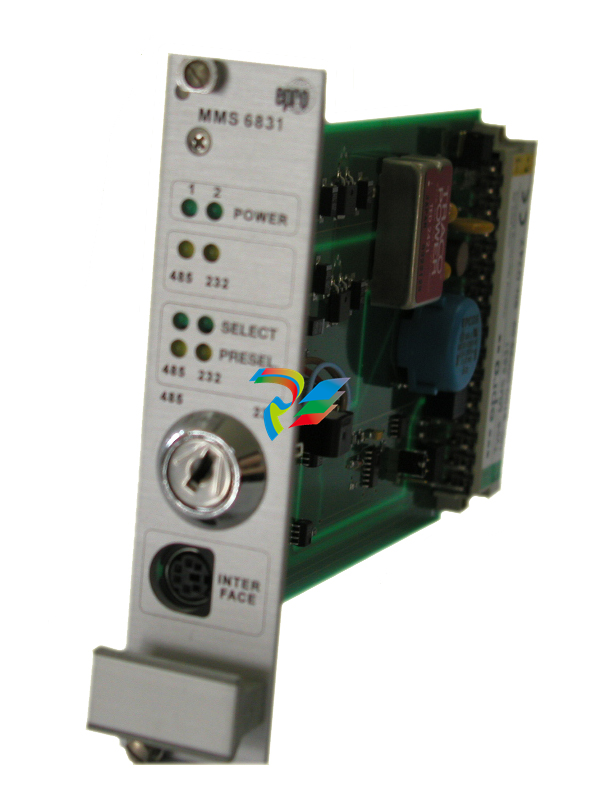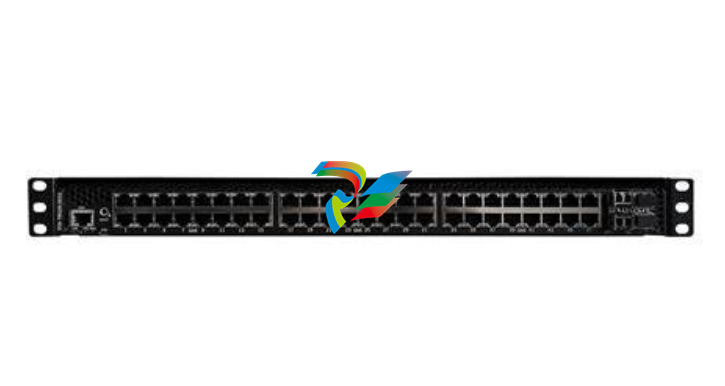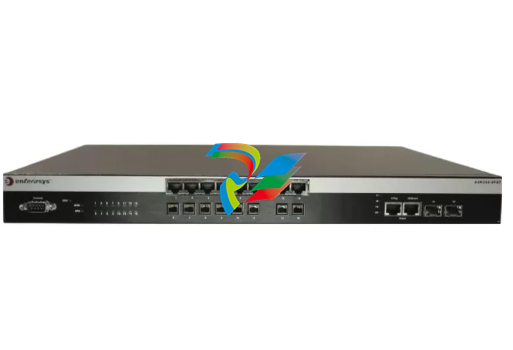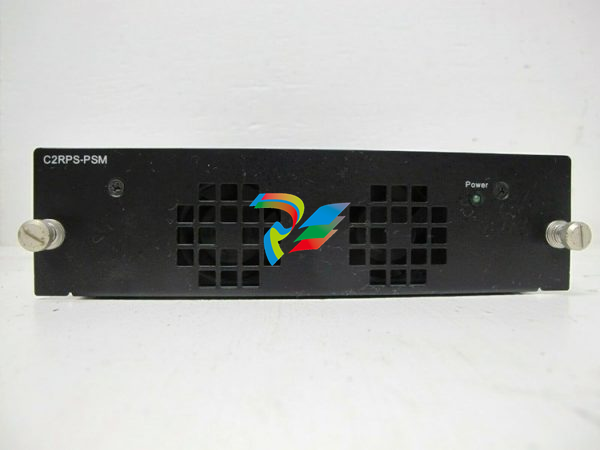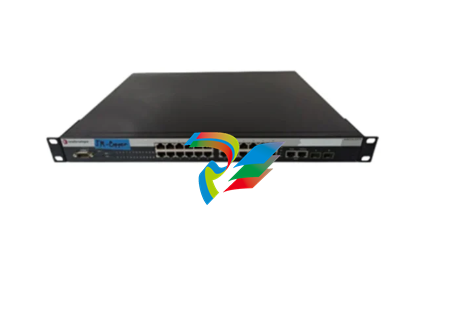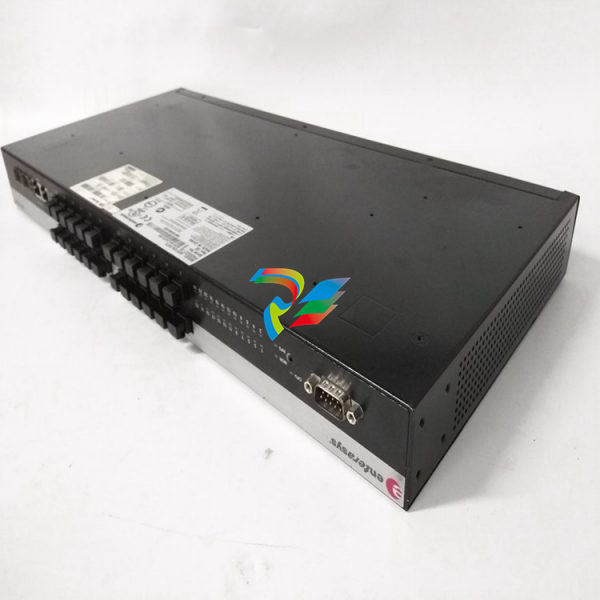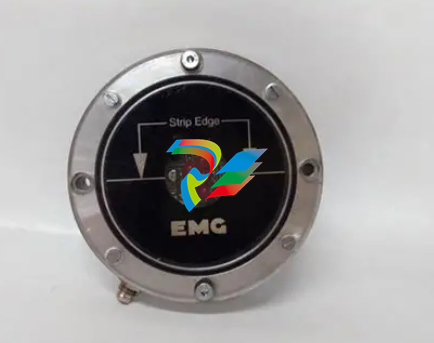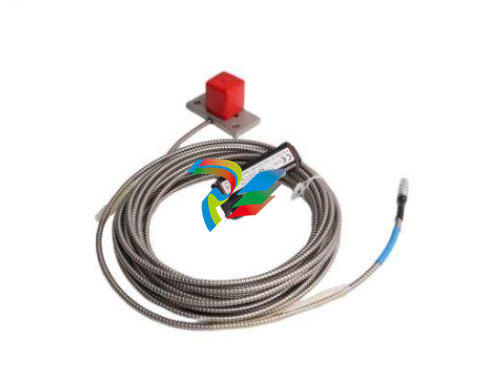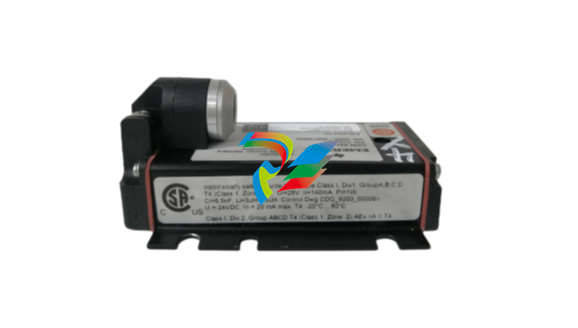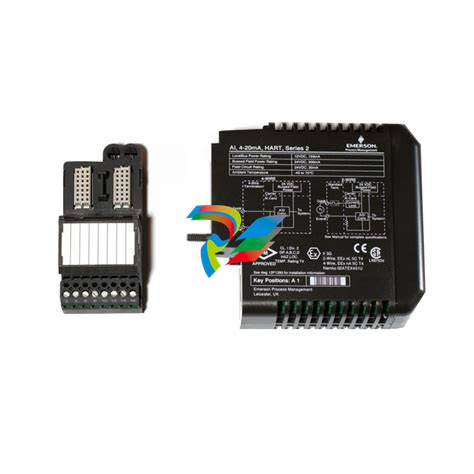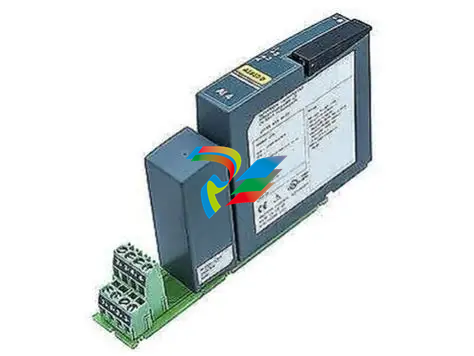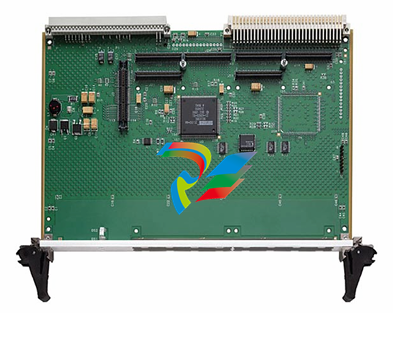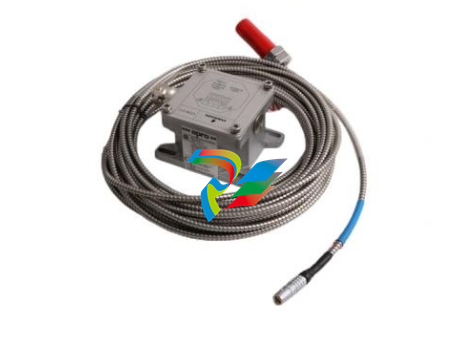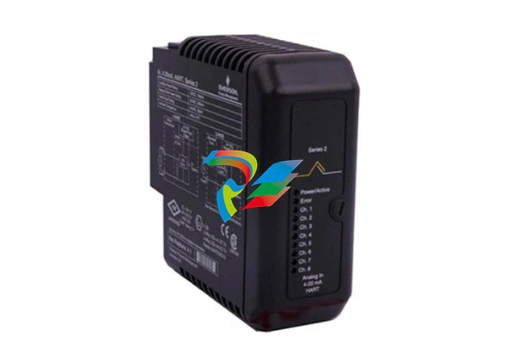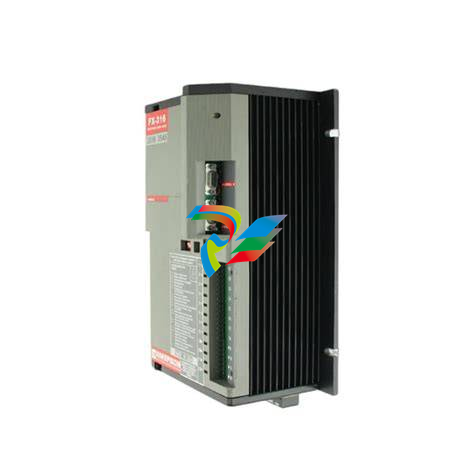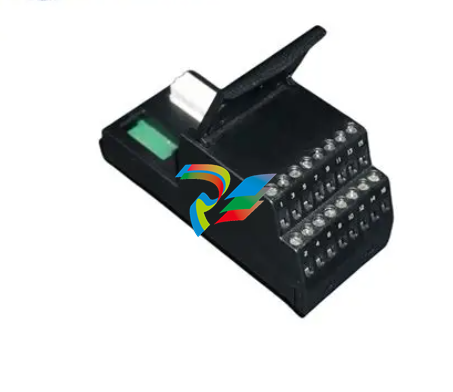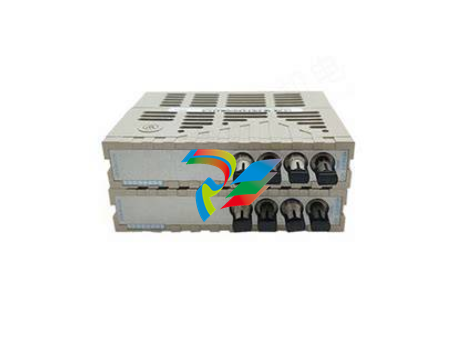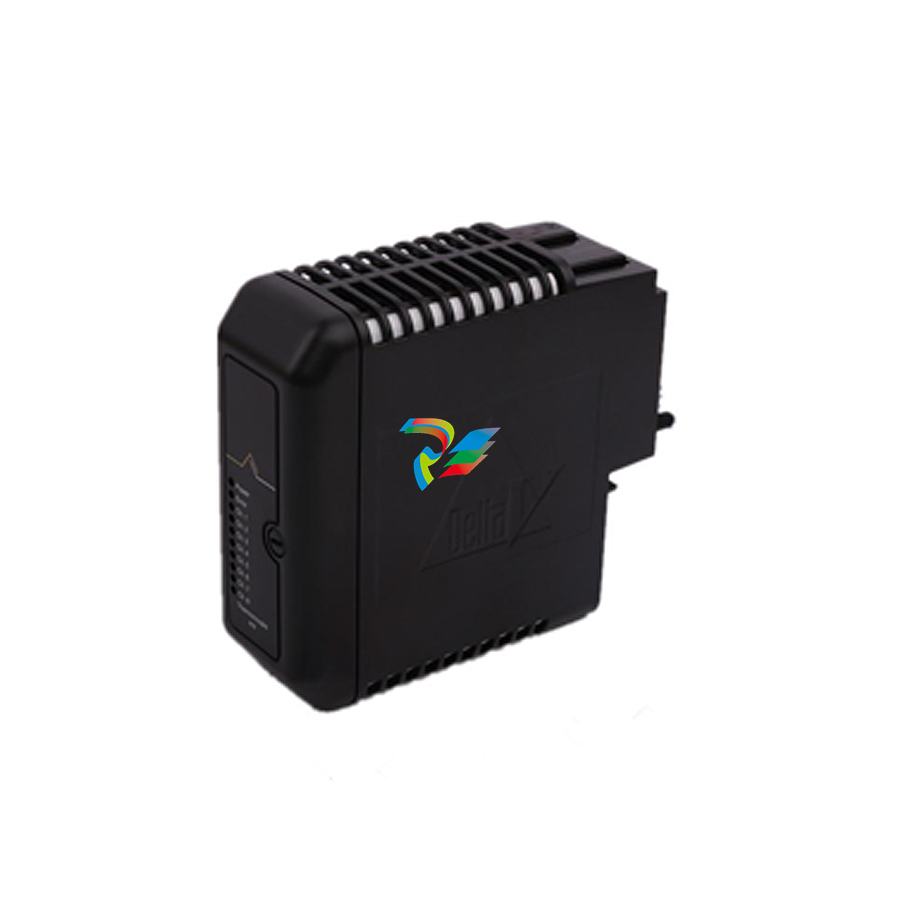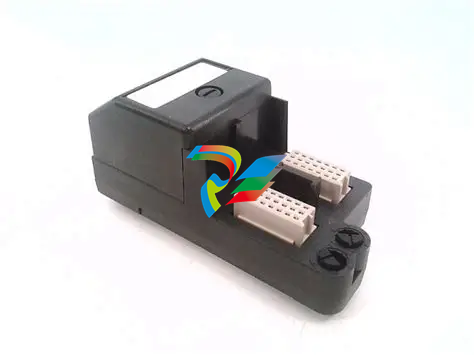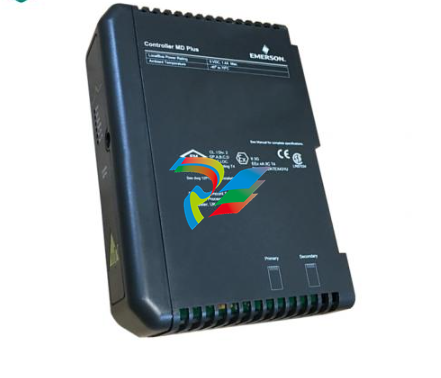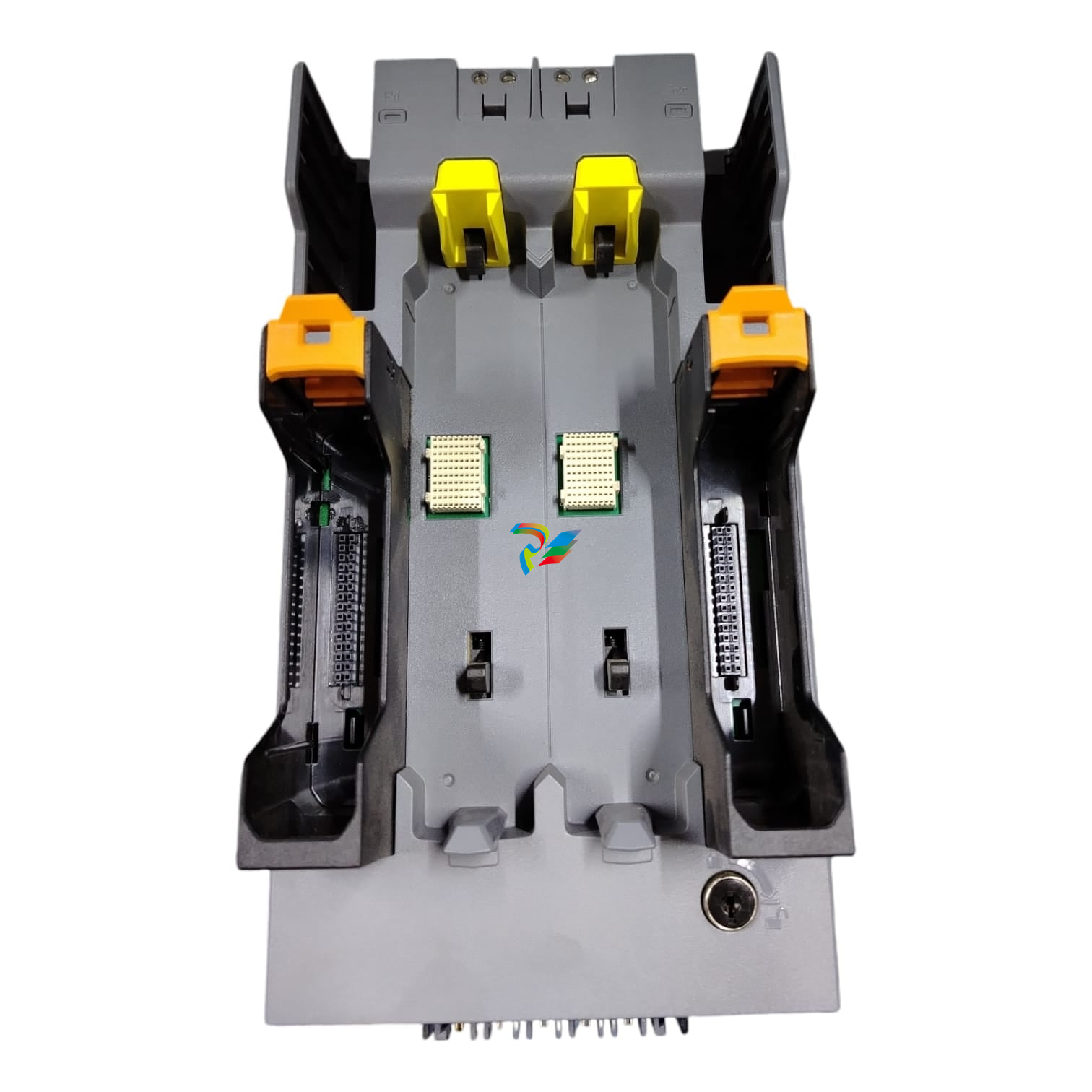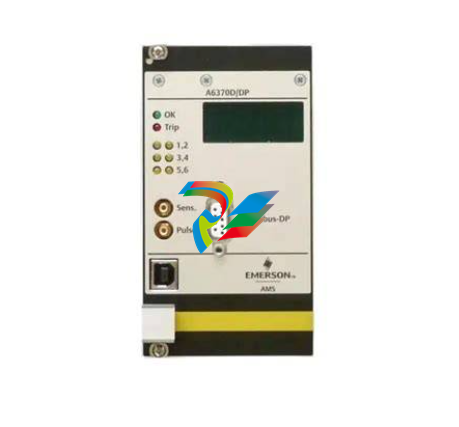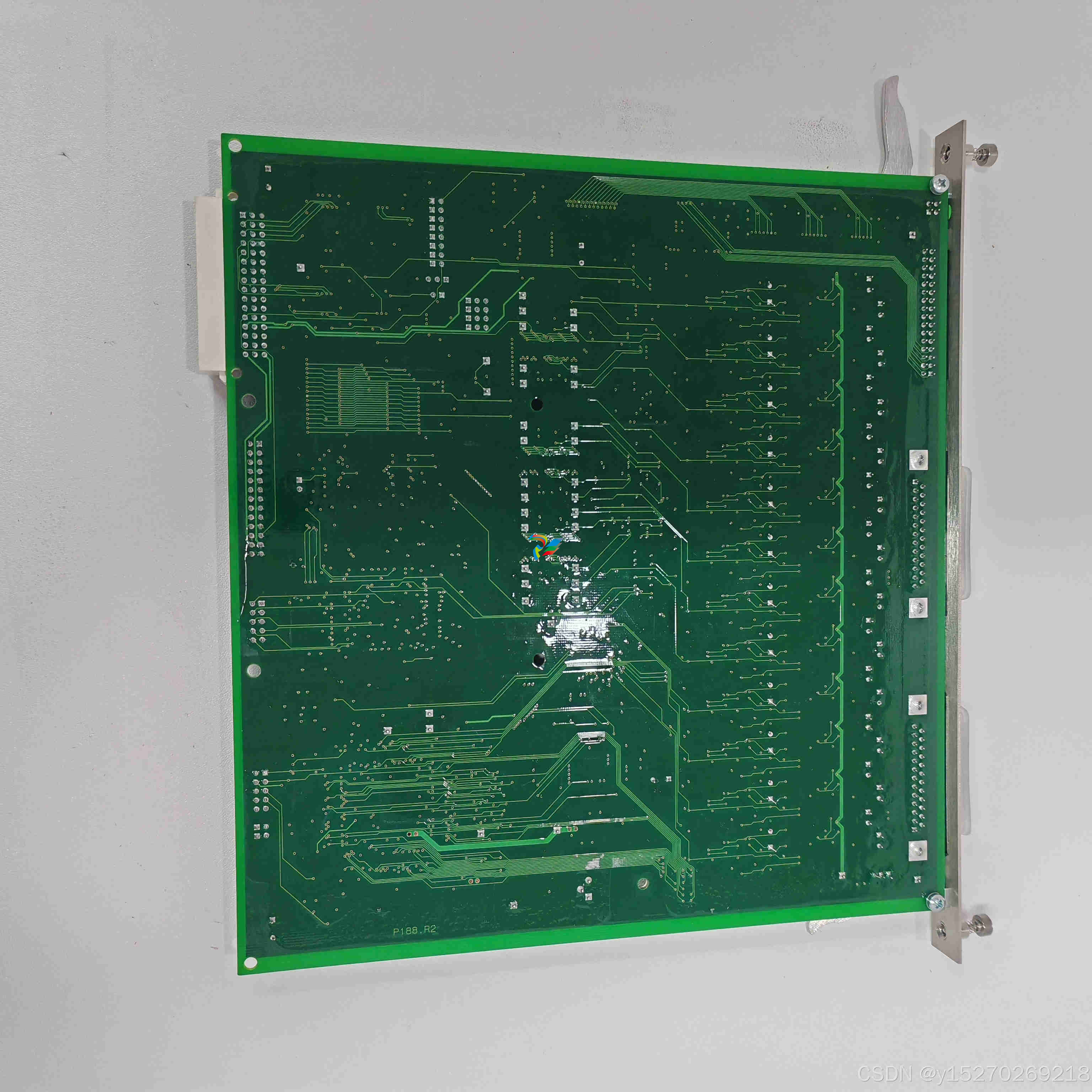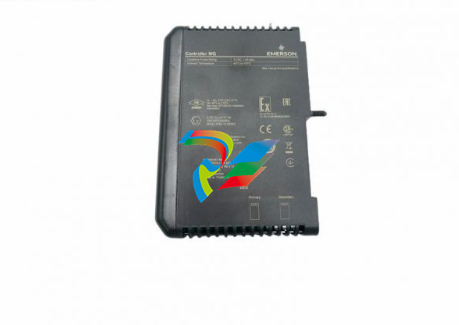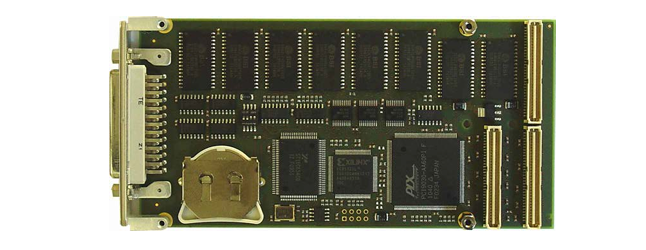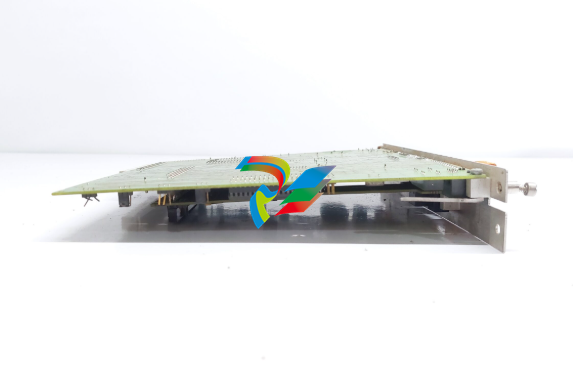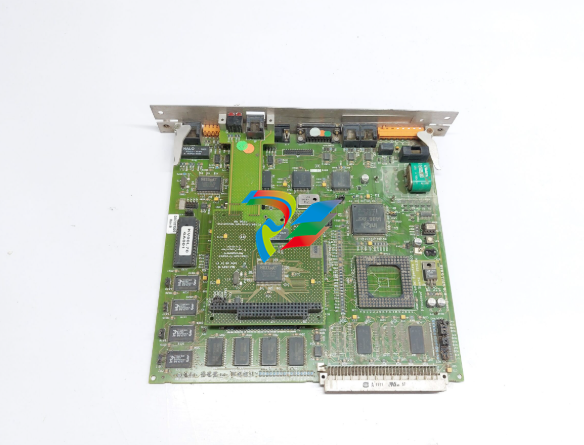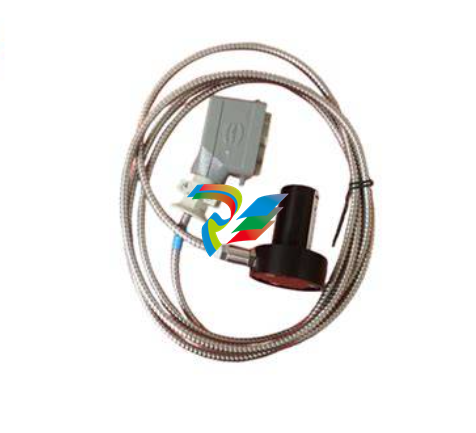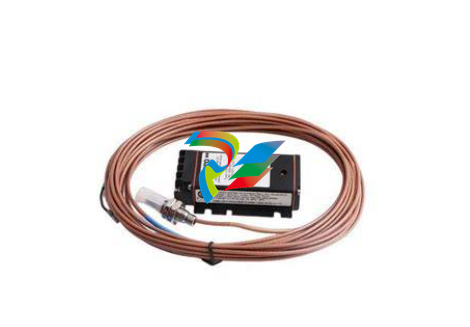
ABB Drives Installation and Start-up Guide
Safety Instructions
Overview
This chapter states the safety instructions that must be followed when installing and operating the NTAC-0x/NDIO-0x/NAIO-0x Module. The material in this chapter must be studied before attempting any work on, or with, the unit.
Warnings and Notes
This manual distinguishes two sorts of safety instructions. Warnings are used to inform of conditions which can, if proper steps are not taken, lead to a serious fault condition, physical injury and death. Notes are used when the reader is required to pay special attention or when there is additional information available on the subject. Notes are less crucial than Warnings, but should not be disregarded.
Warnings
Readers are informed of situations that can result in serious physical
injury and/or serious damage to equipment with the following symbols:

Dangerous Voltage Warning: warns of situations in which a high voltage can cause physical injury and/or damage equipment. The text next to this symbol describes ways to avoid the danger.
General Warning: warns of situations which can cause physical injury and/or damage equipment by means other than electrical. The text next to this symbol describes ways to avoid the danger..
Electrostatic Discharge Warning: warns of situations in which an electrostatic discharge can damage equipment. The text next to this symbol describes ways to avoid the danger.
Notes
Readers are notified of the need for special attention or additional information available on the subject with the following symbols:
nformation available on the subject with the following symbols: Dangerous Voltage Warning: warns of situations in which a high voltage can cause physical injury and/or damage equipment. The text next to this symbol describes ways to avoid the danger. General Warning: warns of situations which can cause physical injury and/or damage equipment by means other than electrical. The text next to this symbol describes ways to avoid the danger. Electrostatic Discharge Warning: warns of situations in which an electrostatic discharge can damage equipment. The text next to this symbol describes ways to avoid the danger.
CAUTION!
Caution aims to draw special attention to a particular issue
Note:
Note gives additional information or points out more information available on the subject.
General Safety Instructions
WARNING! All electrical installation and maintenance work on the drive should be carried out by qualified electricians. The drive and adjoining equipment must be properly earthed. Do not attempt any work on a powered drive. After switching off the mains, always allow the intermediate circuit capacitors 5 minutes to discharge before working on the frequency converter, the motor or the motor cable. It is good practice to check (with a voltage indicating instrument) that the drive is in fact discharged before beginning work. The motor cable terminals of the drive are at a dangerously high voltage when mains power is applied, regardless of motor operation. There can be dangerous voltages inside the drive from external control circuits even when the drive mains power is shut off. Exercise appropriate care when working with the unit. Neglecting these instructions can cause physical injury and death.
WARNING! There are several automatic reset functions in the drive. If selected, they reset the unit and resume operation after a fault. These functions should not be selected if other equipment is not compatible with this kind of operation, or dangerous situations can be caused by such action.
More Warnings and Notes are printed at appropriate instances along the text.
Overview
This chapter contains a description of the NTAC-0x/NDIO-0x/NAIO-0x Installation and Start-up
Intended Audience
The Guide is intended for people who are responsible for installing, commissioning and servicing the pulse encoder interface (NTAC) or I/O extension modules (NDIO, NAIO) of ACS 600 frequency converters. The user is expected to have a basic knowledge of electrical fundamentals, electrical wiring practices and the ACS 600.
Applicability
This Guide is applicable to the following module revisions:
• NTAC-02 revision C or later (Refer to Appendix C for information on earlier revisions.)
• NDIO-02 revision A or later (Refer to Appendix D for information on earlier revisions.)
• NAIO-03 revision A or later (Refer to Appendix E for information on earlier revisions.)
What This Guide Contains
The installation and start-up of the Pulse Encoder Interface Module, the Digital I/O Extension Module and the Analogue I/O Extension Module are introduced in this Guide. Safety Instructions are placed in the first few pages of this Guide. Safety Instructions describe the formats for various warnings and notations used within this Guide. This chapter also states the safety instructions which apply to the installation and operation of the option modules. Chapter 1 – Introduction to This Guide contains a short description of the Guide and a list of related publications. Chapter 2 – Overview contains a description of the Pulse Encoder Interface Module and the I/O Extension Modules, a delivery checklist and warranty information. Chapter 3 – Installation contains instructions for module hardware settings, mounting, cabling and programming. Appendix A contains Technical Data. Appendix B – Ambient Conditions lists the requirements for ambient conditions during transportation, storage and use of the NTAC-0x/ NDIO-0x/NAIO-0x module. Appendix C – NTAC-01 Information includes information on the earlier NTAC module type (NTAC-01) for reference.
Appendix D – NDIO-01 Information includes information on the earlier NDIO module type (NDIO-01) for reference. Appendix E – NAIO-01/02 Information includes information on the earlier NAIO module types (NAIO-01 and NAIO-02) for reference.
Appendix D – NDIO-01 Information includes information on the earlier NDIO module type (NDIO-01) for reference. Appendix E – NAIO-01/02 Information includes information on the earlier NAIO module types (NAIO-01 and NAIO-02) for reference.
NAIO Module The NAIO (Analogue I/O Extension Module) is an optional device for ACS 600 frequency converters. The module offers two current or voltage inputs and two current outputs. NAMC Board The NAMC is the Application and Motor Control Board of the ACS 600. There are different types of NAMC, e.g. NAMC-03 and NAMC-11. NDCO Board The NDCO (DDCS Communication Option) series includes optional communication boards for installation on top of the NAMC-11. NDIO Module The NDIO (Digital I/O Extension Module) is an optional device for ACS 600 frequency converters. The module offers two digital inputs and two relay outputs. NIOC Board The NIOC is the standard I/O interface of the ACS 600. It connects the drive to the external control circuits. NTAC Module The NTAC (Pulse Encoder Interface Module) is an optional device for ACS 600 frequency converters. The module offers an interface for a digital pulse encoder connection.
Overview
This chapter contains a description of the I/O Extension Link, the Pulse Encoder Interface Module, the I/O Extension Modules, and information on warranty
The I/O Extension Link
All the Pulse Encoder Interface Module (NTAC) and I/O Extension Modules (NDIO and NAIO) are connected to the frequency converter via an optical DDCS-protocol communication link. The modules, together with the NIOC Standard I/O Board, are usually connected in a ring on Channel CH1 of the NAMC (Application and Motor Control Board). The NAMC board acts as the master, polling the other stations cyclically. The modules respond to the master’s enquiries. Each device on the DDCS link has an individual node number. The modules are numbered by setting the DIP switches located inside the module enclosure. (The address of the NIOC board is fixed to 1.)
NTAC-02 Pulse Encoder Interface Module
The Pulse Encoder Interface Module (NTAC) offers an interface for a digital pulse encoder connection. A pulse encoder should be used if accurate speed or position (angle) feedback from the motor shaft is required.
Delivery Check
The package contains:
• NTAC-02 module
• three pairs of fibre optic cables (120/370/2000 mm)
• two jumper bridges (for encoder voltage selection)
• mounting rail (DIN 50022, 35 × 7.5 mm, length 45 mm)
•This manual, the NTAC-0x/NDIO-0x/NAIO-0x Installation and Start-up Guide.
Compatibility
The NTAC-02 is compatible with the following application programs:
• ACS 600 Standard Application Program version 5.0 or later
• ACS 600 System Application Program version 4.2 or later
• ACS 600 Crane Drive Application Program version 5.0 or later
• ACS 600 Application Program Template (all versions).
Encoder Recommendation
Leine & Linde 18690010, Hübner POG 10 or equivalent: • 90° (electrical) phase shift between channels 1 and 2 • Recommended output sinking/sourcing capability: 40 mA.
